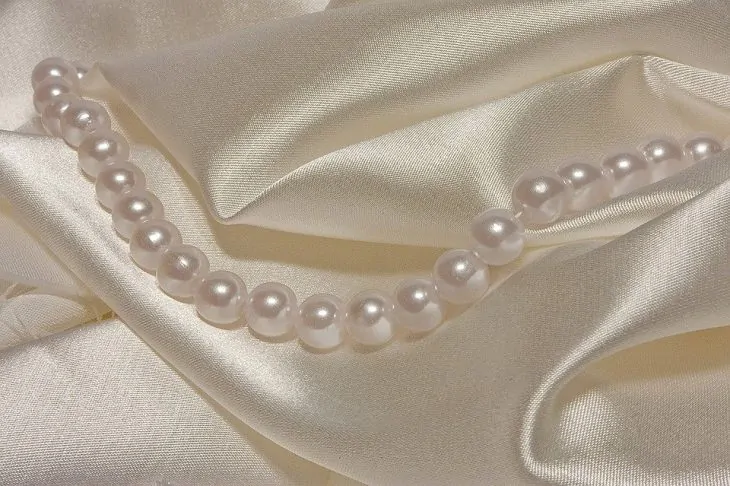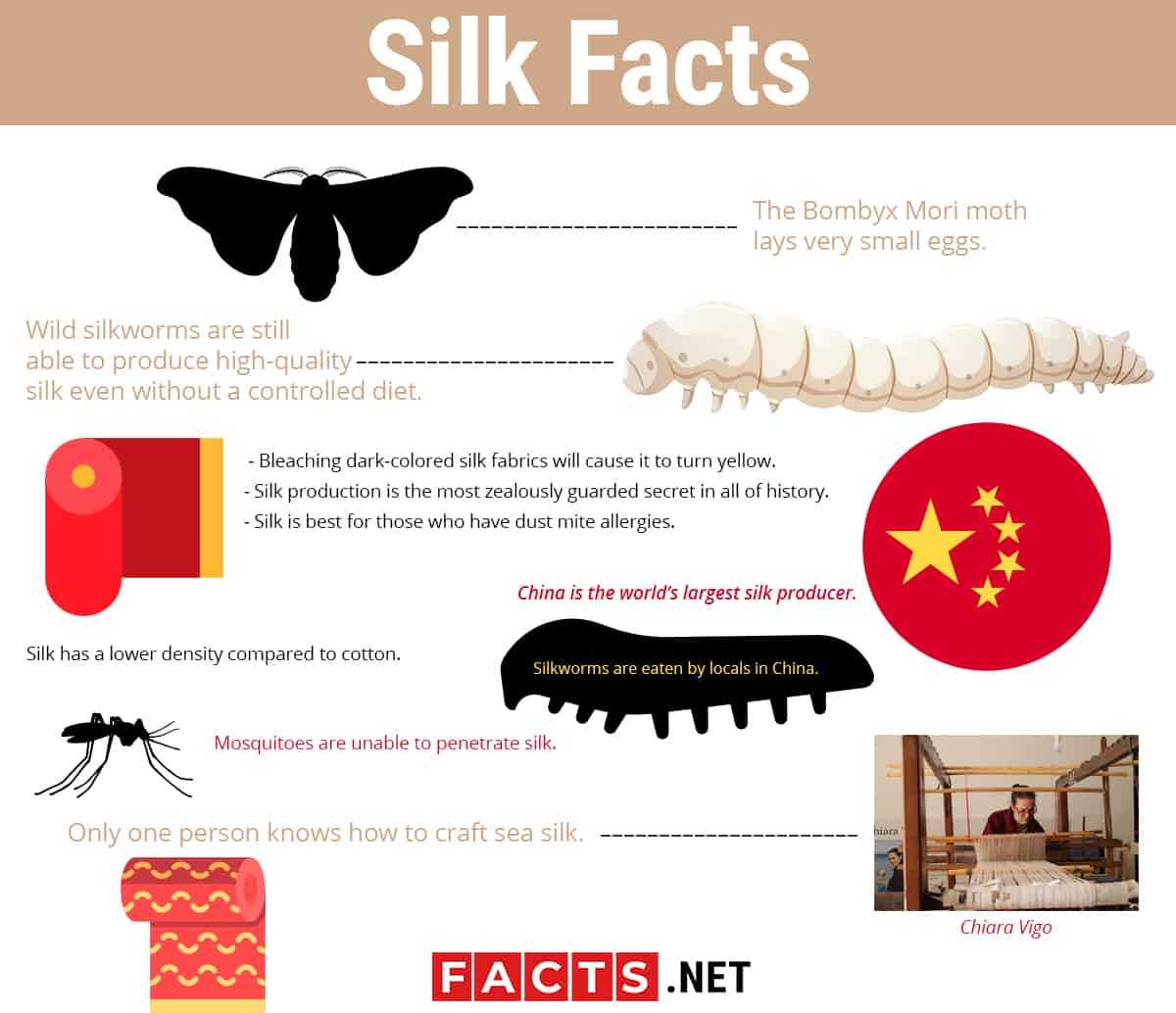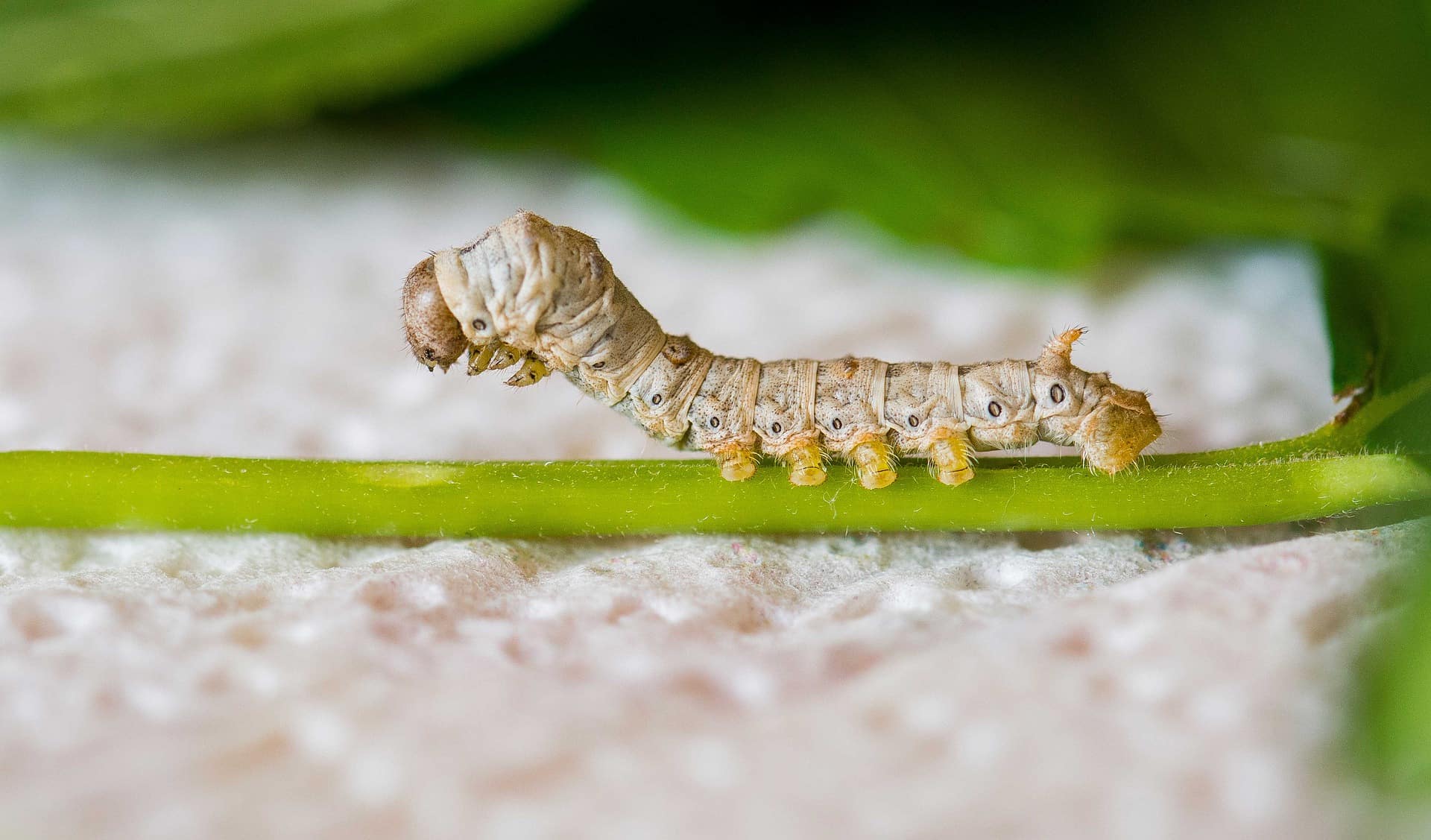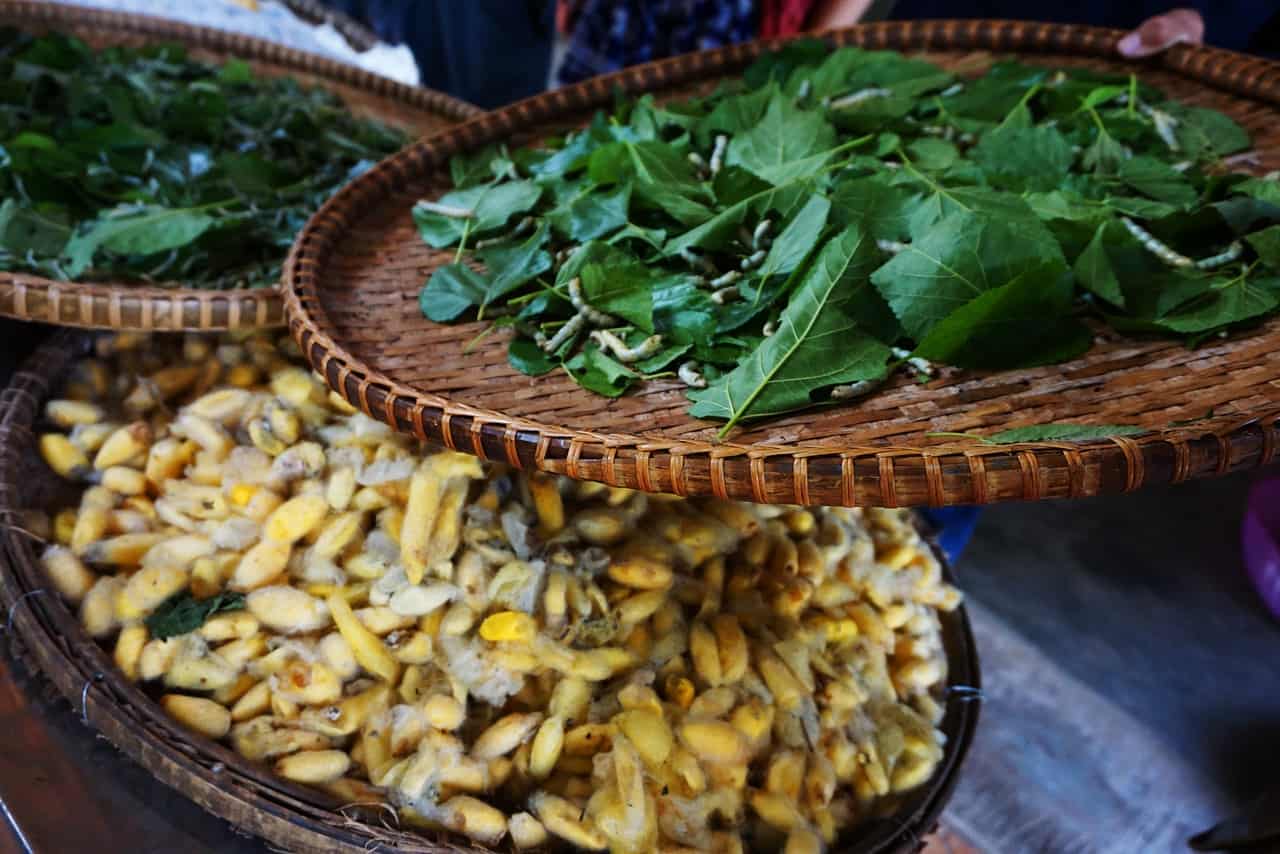
Silk is considered the Queen of fabrics and for good reason. For hundreds of years, silk has been produced from the threads of silkworms. Additionally, this wonderful fabric has also always been a symbol of class and elegance.
Because of this, we also have silk facts for you that are sure to make you feel like the royal you deserve to be.
- Sericulture is the official term used to refer to silk production.
- A silkworm’s weight multiplies by 10,000 from the time it is hatched to the time it reaches 1 month.
- One silk strand is composed of around 4 to 8 silk filaments that are twisted together.
- Its production process is what makes silk so expensive in the market.
- The Bombyx Mori moth lays over 500 eggs in less than a week and then dies soon after.
- Silk is a naturally self-adjusting fabric that is cool during the summertime, and warm during winter.
- To produce 12 pounds of silk, over 30,000 silkworms are needed.
- Wild silkworms do not produce the same quality of silk that bred silkworms are capable of making.
- The cocoon spun by a single silkworm spans to a length of over six hundred to nine hundred meters long when unwound.
- Silkworms that come from the Bombyx Mori moth produces the finest silk.
- To get the highest quality of silk possible, silkworms are fed a strict diet of chopped mulberry leaves and are fed every half hour.
- The essential amino acid in silk bedding is good for your hair.
- Silk is naturally hypoallergenic.
- China was once overprotective of the secrets on how silk was made.
- Silk naturally curls away from any flame.
- Silkworms will have enough energy stored in its body by its first month to start spinning its cocoon.
- A silkworm’s cocoon is composed of one long continuous strand of silk.
- The Bombyx Mori moth cannot fly or see.
- Sleeping on a silk pillowcase will delay a person getting wrinkles due to the essential amino acids in the bedding.
- Using human saliva is the best way to get blood stains out of silk.
Silk Facts Infographics

The Bombyx Mori moth lays very small eggs.

Each egg is about the size of a point of a pin. They are also very light and normally don’t weigh more than 5 grams. That’s approximately 1/30,000 of an ounce each. These eggs will hatch after 10 days.
Wild silkworms are still able to produce high-quality silk even without a controlled diet.
However, as they do not have a consistent diet, their filament does not come out as white. Their cocoons also won’t be as smooth and round as those who silkworms that were kept in captivity. Wild silkworms usually produce tougher and rougher silk. These are used for Mulberry silk.
Bleaching dark-colored silk fabrics will cause it to turn yellow.
Bleach destroys the silk fabric by weakening the fibers and returns it to its original color. Even white colored fabrics can turn yellow if it is exposed to too much bleach. To fix this, you can rise the silk in warm water with dabs of vinegar mixed with salt and softener.
Silk production is the most zealously guarded secret in all of history.

In China, anyone who was found smuggling silkworms or their cocoons would be punished by death. This secret was said to have escaped China when a Chinese princess smuggled cocoons out of the country with her foreign prince.
Other stories say the secret was leaked by a monk who hid the cocoons inside his staff.
Silk is best for those who have dust mite allergies.
This is mostly due to the naturally occurring substance found in the cocoon that the silkworm spins. It protects itself from various threats so that it is not harmed during the process of turning the filament into silk fabric. These properties are generally disliked by mold, fungus, and dust mites.
China is the world’s largest silk producer.
Over 150,000 metric tons of silk are produced annually. This accounts for 78% of the world’s silk production. China has continued this vast production for over 5000 years and has held on greatly to the practice.
Silkworms are eaten by locals in China.

When silkworms die in the process of making silk, they are consumed by locals. They can be eaten in various ways such as boiled, deep-fried, stewed, or packaged. Some hotels also serve this dish stir-fried in garlic and other seasonings.
Silk has a lower density compared to cotton.
This means that this highly absorbs moisture. Silk can absorb a third of its weight in moisture without feeling damp. The reason why silk fabrics have high density is due to the silk yarns being finer than spinning yarns.
Mosquitoes are unable to penetrate silk.
Mosquitoes can penetrate through cloth with their long proboscis. However, silk has a much stronger durability than most cloths that insects cannot bite through. Silk fabrics are tightly woven which leaves less room in between for insects to penetrate through.
Only one person knows how to craft sea silk.
This material is highly prized for its uniqueness and rarity. Products from this material come from Mideterenian clams. The only person that knows how to produce silk from these clams is an elderly Italian woman.
Was this page helpful?
Our commitment to delivering trustworthy and engaging content is at the heart of what we do. Each fact on our site is contributed by real users like you, bringing a wealth of diverse insights and information. To ensure the highest standards of accuracy and reliability, our dedicated editors meticulously review each submission. This process guarantees that the facts we share are not only fascinating but also credible. Trust in our commitment to quality and authenticity as you explore and learn with us.
